Claudia Janiszewski came to Albania with her husband Henry in the mid ’90s. Henry was sent by the US Treasury, his task was to develop the banking sector. When Claudia first heard about the abandoned babies in July 1996, she was working for ORT, a United States Agency for International Development (USAID) funded project providing job skills training to former political prisoners persecuted under the former communist regime. She never even knew the problem of infant abandonment existed.
After the fall of the Communist regime in 1991, the problem of infant abandonment arose for the first time. Babies were being left by mothers who came into the maternity hospital using false names, gave birth, and simply slipped out the back door leaving the baby behind. She first visited the hospital on July 2, 1996. At the time there were seven babies lying in rusty cribs on blood stained ripped mattresses. They didn’t have clothes or diapers but were wrapped in soiled, dirty muslin cloth. They rarely received any baby formula and were fed rice water to take away hunger pains and to temporarily ease their crying. The babies were like zombies and had blank looks in their eyes. All were severely malnourished and were rarely held by the nursing staff.
It seemed so simple to change that and to give those babies, at least for the first few months of their lives, some basic loving care and proper nourishment. She left Albania the next day for a vacation back in the United States. As the airplane was taking off and she looked back at the land she was leaving, she was overcome with emotion about those infants. It all seemed so unfair for her. They did not choose that for themselves. At that moment she became determined to do something about it. It was a moment in life that she would never forget. She didn’t realize at that time how much that would change her life. Once reaching the United States, she called her sister Jeanne Herbert, who lived in California and explained to her everything. She immediately sent her $1000 and told her to follow her heart. While in the U.S, she bought some pacifiers, baby bottles, clothing, diapers and baby formula for the babies.
In July 1997, after the civil war in Albania she decided to register the program as a U.S. Non-Profit organization. She knew that the only way that program would be able to continue financially was if she would take it upon herself to make it happen. The organization legally became named “Organization for the Support of Albania’s Abandoned Babies (OSAAB).
Claudia Janiszewski founded OSAAB (Organization for the Support of Albania’s Abandoned Babies) in 1996, with a mission to provide care to abandoned babies in Albania, as well as educate healthcare providers and expectant mothers in maternal and newborn health. Since the program began in 1996, more than 700 (21-41 per year) abandoned babies have been provided care by OSAAB in Angel’s Cradle nursery while they remain in the maternity hospital.
On a personal note, I wake up each day feeling that I am the luckiest person alive. So few of us get to find out why we were put on this earth and what our purpose in life is. To be able to have stumbled on to something, purely by accident, that moves me so deeply and with such conviction and passion is truly a gift, a gift that I will forever be grateful for receiving. Claudia Janiszewski
I am an American living in Tirana, Albania. Our family is posted to Tirana, where my husband is the United States ambassador.
Last year when our daughter was 5, I took her to visit the Angel’s Cradle, a nursery run by the Organization to Support Albania’s Abandoned Babies (OSAAB). The nursery is a clean, light-filled, quiet room in Tirana’s maternity hospital. There are about 12 cribs, each containing a baby (from newborn to several months old), and one playpen, occupied by a now-toddler with Down syndrome.
This is a place where women may safely abandon their newborn children. Women come from far-distant villages and towns to do just this: give birth at this hospital so that the child can be left in this nursery. There are many sad and terrible stories behind these births. If OSAAB did not exist, babies would be left in market stalls, sidewalks and trash bins. And they still are, but in fewer numbers. When they are found, many are brought to OSAAB’s Angel’s Cradle.
My daughter, now nearly 7, is enchanted by all these babies, especially as the staff lets her hold them and feed them. And she does, for hours at a stretch. She also plays with her toddler friend, the girl with Down syndrome, putting her in a swing or rolling a ball to her. She learns how much formula and how many diapers so many babies need each day, and how much all of that costs. She learns how many volunteers provide much of that, and she goes with us to buy our share.
Most important for me personally is that she is learning empathy, not pity. We are in a long, ongoing conversation about why mothers sometimes cannot keep their babies. My husband and I adopted our daughter, and I see the hard thinking she is doing to understand why she is not growing up with the mother who gave birth to her. She sees that the OSAAB babies are all different, but all beautiful and sweet. But they still need new families. They were not left behind because they were not loved or lovable; they were left because they need more than their mothers could give them. This is real life, not an abstraction.
Anne F. Cunningham
Anne F. Cunningham’s words (a letter to The New York Times’ series on life-changing volunteers and charities) are not unique. OSAAB still runs Angel’s Cradle with the active involvement of volunteers, an activity popular mainly among foreigners living in Tirana.
 Drag any color from the left toolbar to an area or text in the page. A blue outline will indicate a droppable element.
Drag any color from the left toolbar to an area or text in the page. A blue outline will indicate a droppable element. On mobile, wait a tiny bit until you drag the color drop.
On mobile, wait a tiny bit until you drag the color drop.
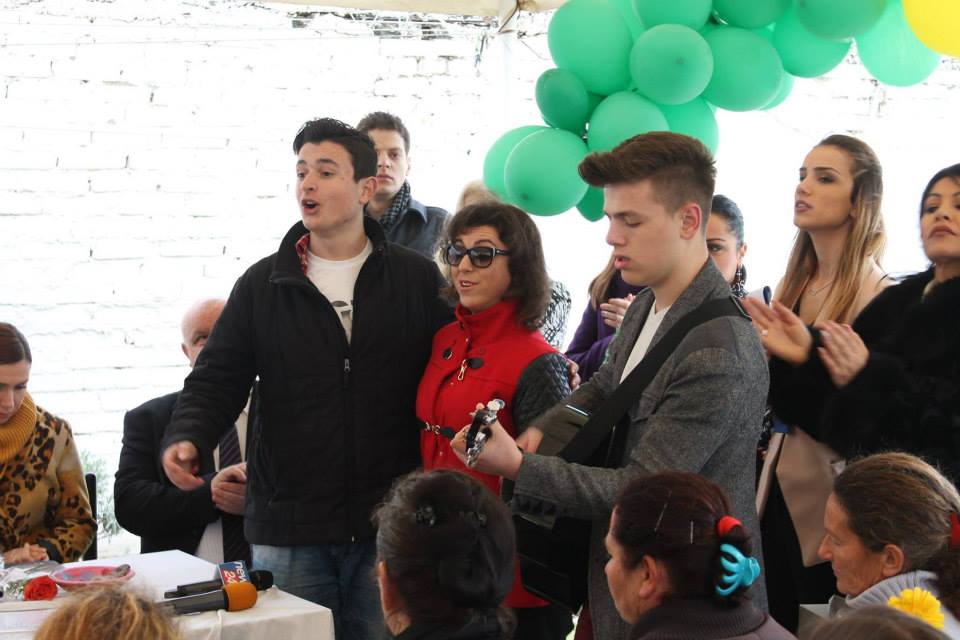
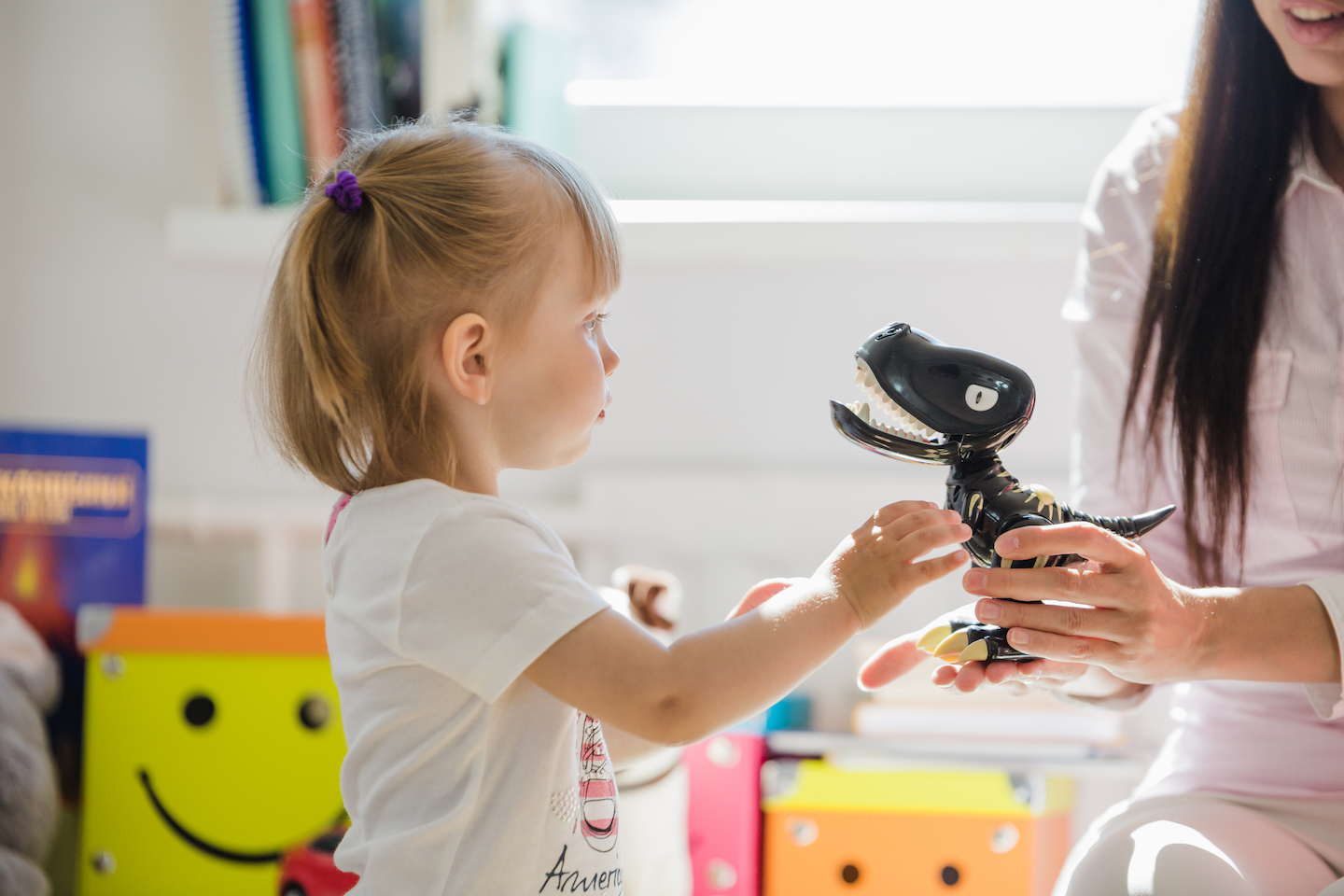
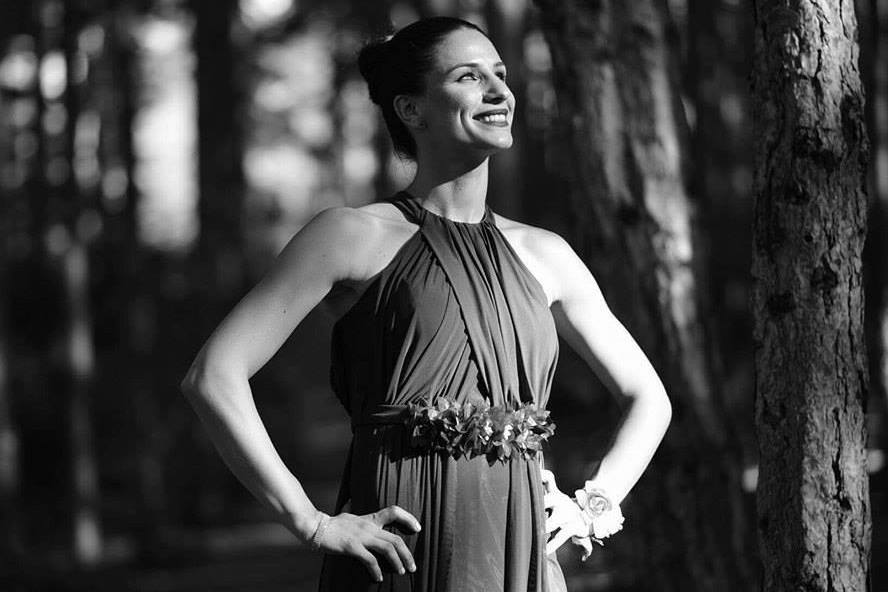
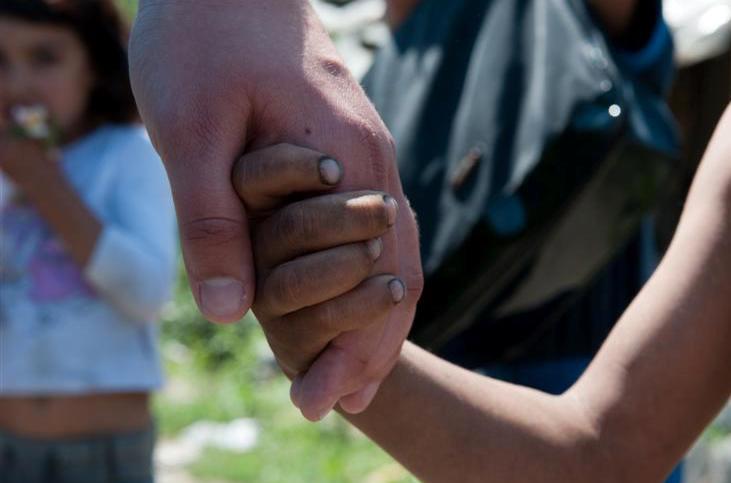
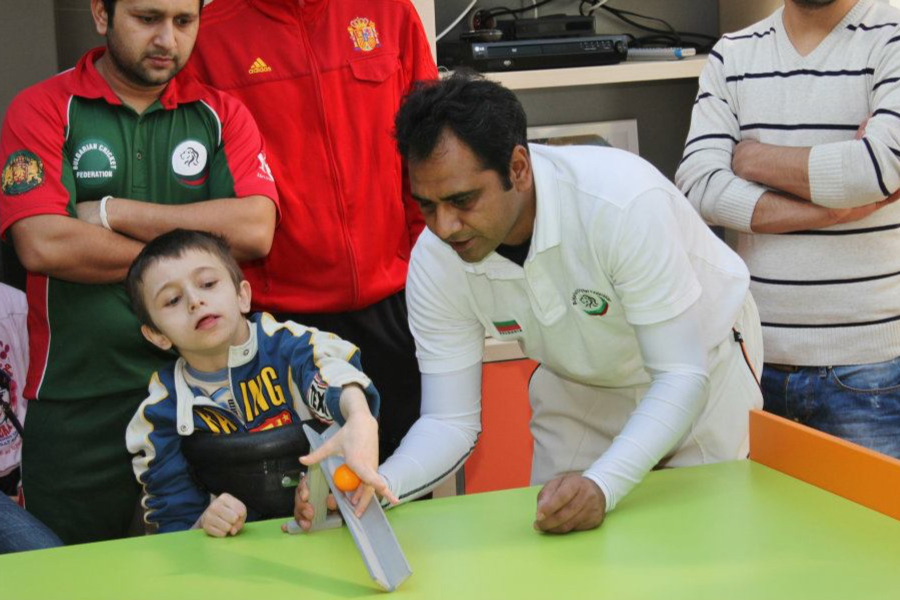
 English
English Albanian
Albanian Български
Български Magyar
Magyar македонски
македонски polski
polski српски
српски